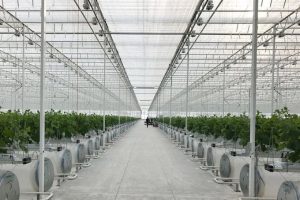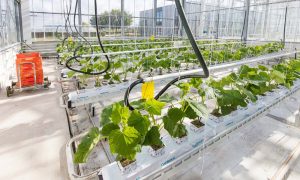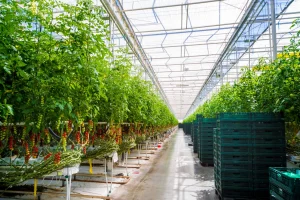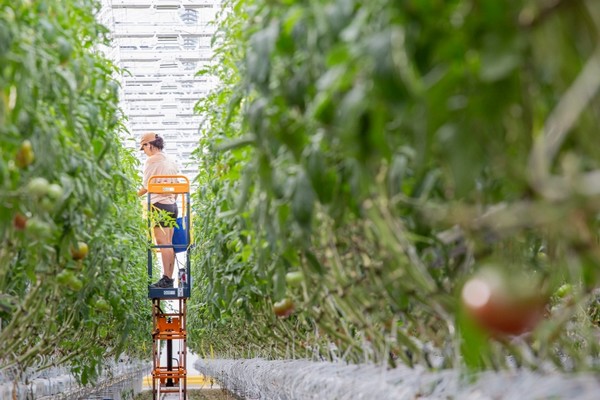As global demand for high-tech greenhouses rapidly increases, investors are encountering a critical challenge: a shortage of skilled professionals capable of fully leveraging these advanced systems. This shortage extends beyond agronomists and engineers to educators who can effectively train the next generation of specialists. One promising solution to this problem is the development of autonomous greenhouses, significantly managed by artificial intelligence (AI), allowing owners to focus more on organizational tasks and product marketing.
For over 40 years, computers have controlled microclimate parameters and irrigation in greenhouses. However, variable external weather conditions necessitate constant adjustments by agronomists. As greenhouse operations expand, agronomists often manage multiple complexes, sometimes across different countries. The higher the yields, the more costly unintended errors become.

Benefits of AI in Greenhouse Management
Modern AI uses mathematical models to identify patterns in data, including those found in greenhouse ecological and biological systems. With sufficient climate data, AI can optimize settings and predict climate changes. Yield data can help forecast productivity, and image data can aid in identifying pests and diseases. AI can also automate many routine processes, mitigating the chronic labor shortages in the industry. Some AI systems even learn from new data, continuously improving their performance. However, training these systems is safer in experimental greenhouses rather than commercial ones, where errors can be very costly.
International Competitions and Practical Applications
In 2018, Wageningen University in the Netherlands, in collaboration with Tencent, organized the first Autonomous Greenhouse Challenge. Teams developed AI solutions for remote and autonomous cucumber cultivation in greenhouses. The winning team’s software achieved a yield of 50 kg/m², increasing the harvest by 6% and net profit by 17%, while reducing CO2, heat, and water consumption. Subsequent competitions in 2019 and 2021/2022 focused on cherry tomatoes and lettuce, respectively, with similarly impressive results. The next competition, starting in spring 2024, will involve cultivating dwarf tomatoes in pots, aiming for full automation, including harvesting.

Real-World Implementations
Developments from these competitions are already being applied commercially. In Mexico, Bresca Hortalizas uses the Crop Controller from Blue Radix to grow tomatoes for Mastronardi SUNSET. This AI system saves 1.5 hours daily in microclimate analysis and adjustments, resulting in a 5% yield increase and improved quality. Similarly, the startup Zordi, backed by Khosla Ventures, is pioneering autonomous greenhouses in New Jersey, aiming to reduce the workforce by 80% and construct greenhouses faster and cheaper. Zordi’s AutoGrow system, combined with advanced robotics, enables real-time data processing for optimal plant care decisions.
While autonomous greenhouses are not intended to replace agronomists, they act as vital assistants, particularly in closed environments with stable microclimate conditions and short-cycle crops.











